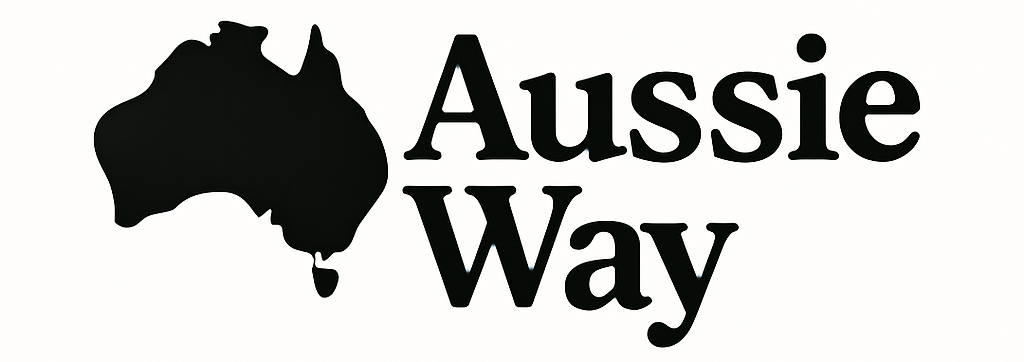Tucked away in the remote reaches of Western Australia lies a vast, rugged region that feels untouched by time—the Kimberley. Often referred to as Australia’s Last Frontier, this ancient landscape is home to jaw-dropping gorges, fiery red deserts, dramatic waterfalls, Aboriginal rock art, and some of the most awe-inspiring natural experiences you’ll find anywhere on Earth.
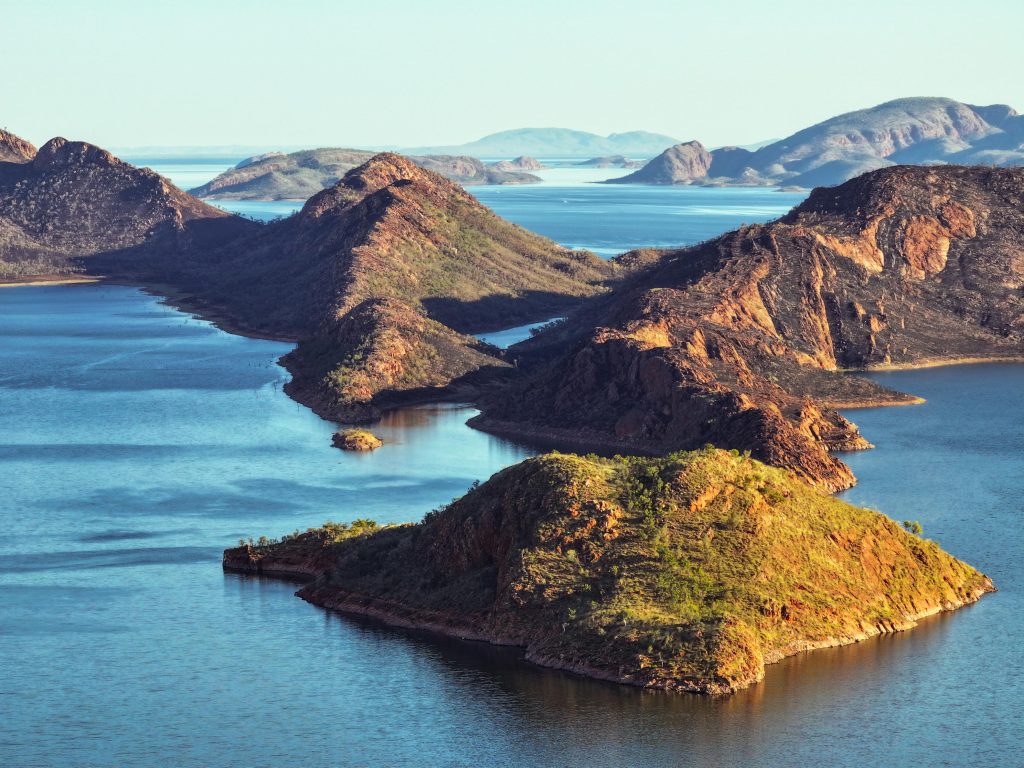
Whether you’re a seasoned adventurer, a curious road tripper, or a cultural explorer, the Kimberley offers a uniquely Australian journey that blends raw natural beauty with deep spiritual history. In this comprehensive guide, we’ll uncover the must-see destinations, practical travel tips, and cultural highlights to help you plan an unforgettable Kimberley adventure.
Where Is the Kimberley?
The Kimberley region covers over 423,000 square kilometres in the northwest corner of Western Australia—roughly three times the size of England. Bordered by the Indian Ocean to the west and the Northern Territory to the east, it’s one of the most sparsely populated areas in Australia, with fewer than 40,000 residents.
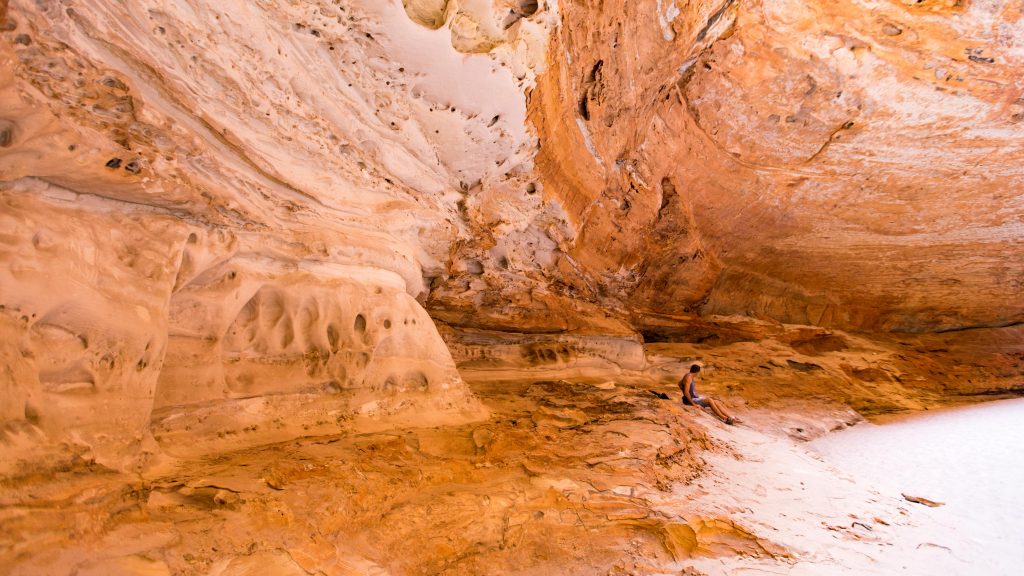
The region is typically accessed via:
- Broome (southwest coast)
- Kununurra (northeast, near the NT border)
- Derby (gateway to the Gibb River Road)
When to Visit the Kimberley
The Kimberley has two distinct seasons:
- Dry Season (May–October): Ideal for travel. Roads are open, waterfalls are flowing, and the weather is dry and sunny.
- Wet Season (November–April): High temperatures, heavy rains, and many roads are impassable due to flooding.
🌤️ Best Time to Visit: June to August for comfortable temps, clear skies, and full access to remote areas.
Top Natural Attractions in the Kimberley
1. Mitchell Falls
Located in the remote Mitchell River National Park, these majestic multi-tiered waterfalls are accessible via a 4WD adventure or scenic flight. Hike the 8.6 km return trail to witness cascading water, Aboriginal rock art, and pristine wilderness.
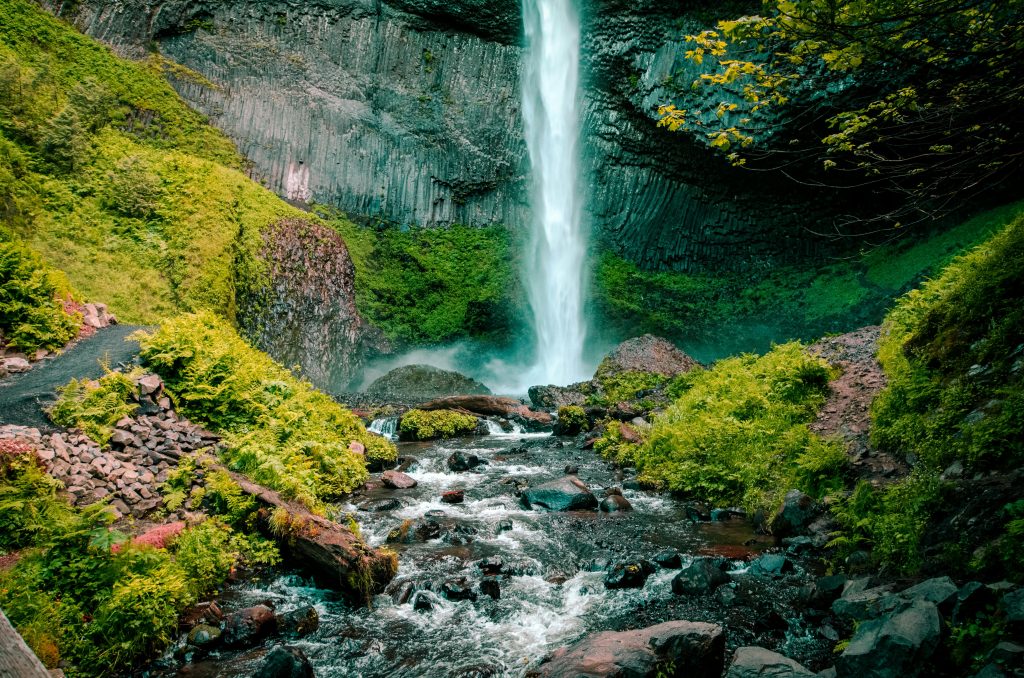
✈️ Pro Tip: Book a helicopter transfer to save time and soak in aerial views.
2. Horizontal Falls
Described by David Attenborough as “one of the greatest natural wonders of the world,” the Horizontal Falls occur when massive tidal movements force water through two narrow gorges, creating horizontal waterfalls.
🚤 How to Experience: Jet boat tours from Derby or Broome offer an adrenaline-packed encounter with the falls.
3. Bungle Bungles (Purnululu National Park)
The iconic striped beehive domes of the Bungle Bungles are unlike anything else on Earth. Hidden for decades from the wider world, this UNESCO World Heritage-listed site is a must-visit.
🥾 Don’t Miss: The Cathedral Gorge hike—a natural amphitheatre with incredible acoustics.
4. Gibb River Road
A legendary outback adventure, this 660 km 4WD track connects Derby to Kununurra. Along the way, you’ll find epic gorges like Windjana, Bell, and Manning—perfect for swimming, hiking, and camping under the stars.
🚙 Travel Tip: Only suitable for high-clearance 4WD vehicles. Bring extra fuel, water, and spare tyres.
5. Lake Argyle
Australia’s second-largest freshwater lake, Lake Argyle is a stunning oasis near Kununurra. It’s home to freshwater crocs, wallabies, and over 270 species of birds.
🌅 Don’t Miss: A sunset cruise on the lake with a swim and drinks included.
Indigenous Culture and Connection to Country
The Kimberley is home to more than 100 Aboriginal communities and some of the world’s oldest surviving cultures. Indigenous Australians have lived here for over 50,000 years, and their connection to the land is woven into every rock, river, and tree.
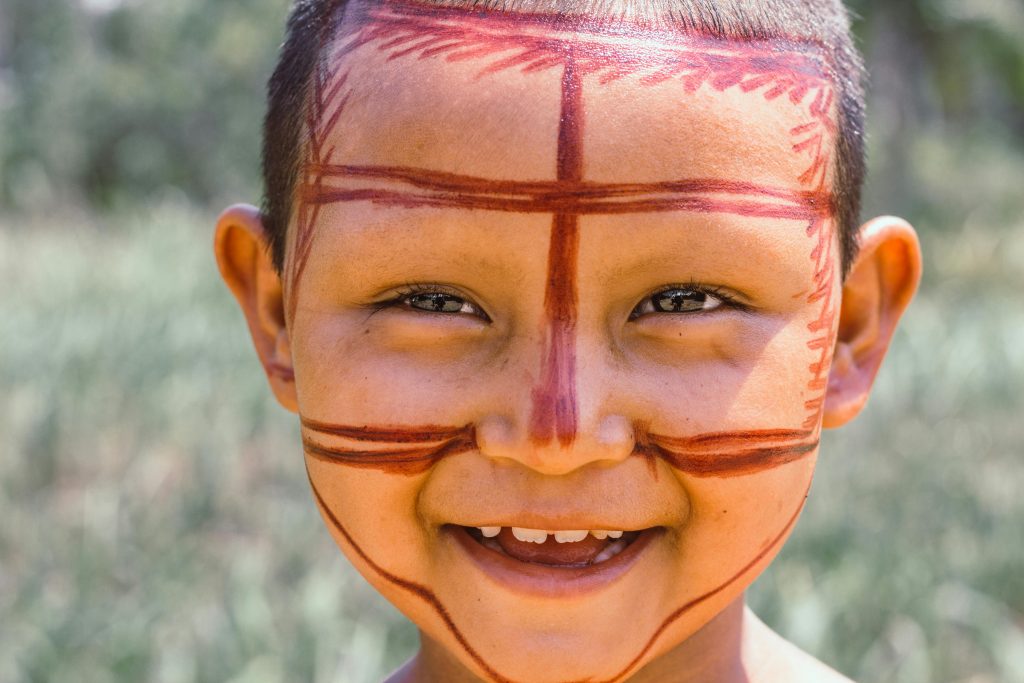
Cultural Experiences:
- Wandjina Rock Art: These ancient depictions of ancestral spirits are sacred and found in remote locations across the region.
- Aboriginal-guided tours: Learn about bush medicine, Dreamtime stories, and traditional survival skills from local custodians.
- Mowanjum Festival (Derby): A celebration of Indigenous culture through art, music, and dance held every July.
🪶 Respect Tip: Always seek permission or join a guided tour when visiting cultural sites. Avoid touching rock art or sacred areas.
Practical Travel Tips
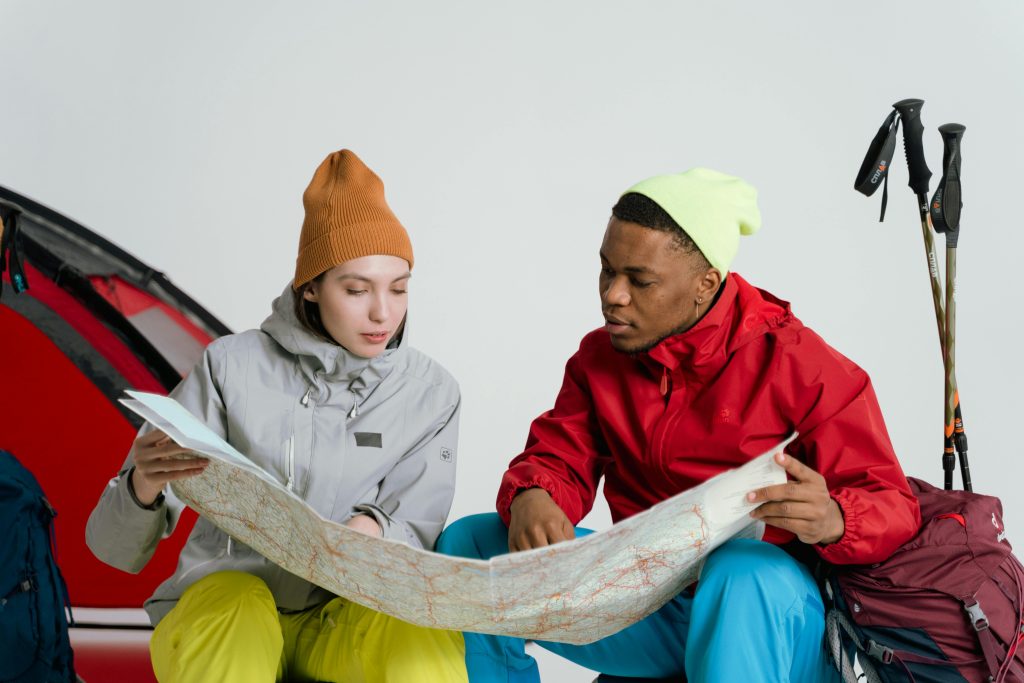
🚗 Getting Around:
- A 4WD vehicle is essential for exploring beyond the main towns.
- Many roads are unsealed—check road conditions regularly.
- Carry extra water, fuel, and a satellite phone in remote areas.
🏕️ Accommodation:
- Mix of campgrounds, wilderness lodges, and remote stations.
- Book ahead during peak season (especially along the Gibb River Road).
📶 Connectivity:
- Expect limited mobile coverage outside Broome and Kununurra.
- Download offline maps and GPS apps in advance.
🦟 What to Pack:
- Sturdy walking shoes
- Insect repellent
- Reusable water bottle
- Wide-brimmed hat & sunblock
- Lightweight, breathable clothing
Eco-Conscious and Responsible Travel
Preserving the Kimberley’s fragile ecosystems and Indigenous heritage is vital. Follow Leave No Trace principles, support local Aboriginal-owned businesses, and avoid single-use plastics when possible.
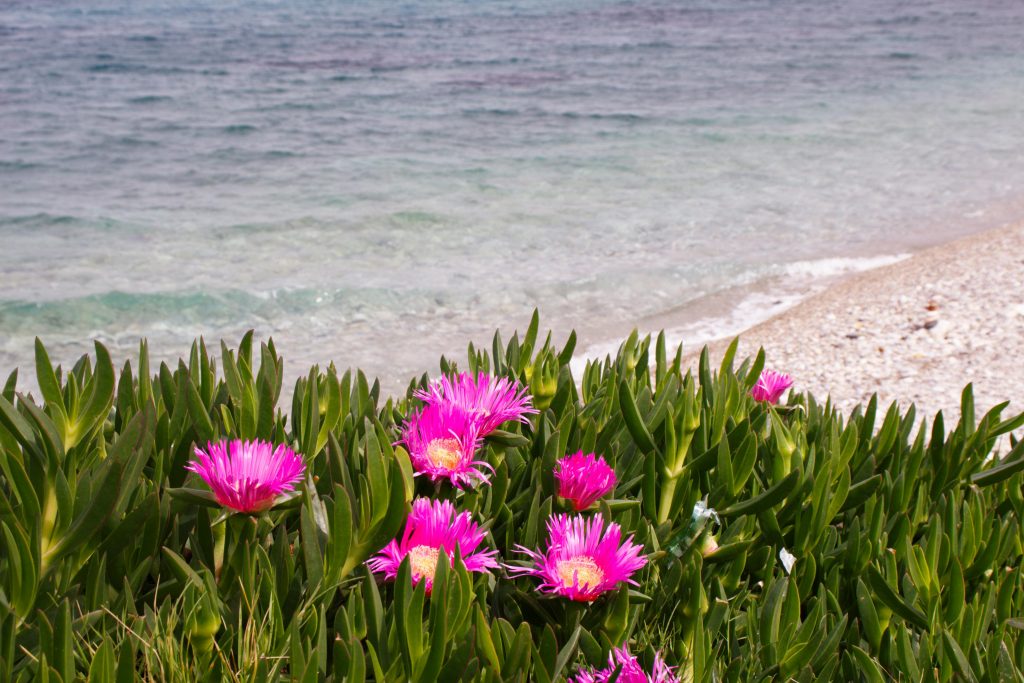
🌿 Support Tip: Stay in eco-certified accommodations, purchase art from local Indigenous artists, and learn respectfully.
Conclusion: The Adventure of a Lifetime
The Kimberley isn’t your average holiday—it’s an epic journey through time, culture, and unspoiled wilderness. From thundering waterfalls and orange-hued cliffs to ancient rock art and starlit skies, the region offers some of Australia’s most unforgettable travel experiences.
Whether you take on the Gibb River Road, cruise through the Horizontal Falls, or sit quietly by a sacred rock art site, the Kimberley will leave a lasting mark on your spirit.
So pack your sense of adventure—and a good map. Australia’s Last Frontier is calling.
Want Help Planning Your Kimberley Trip?
Reach out to local tour operators or travel planners who specialise in Kimberley adventures. Whether you prefer self-drive, small group tours, or luxury wilderness stays, there’s a travel style for everyone.
